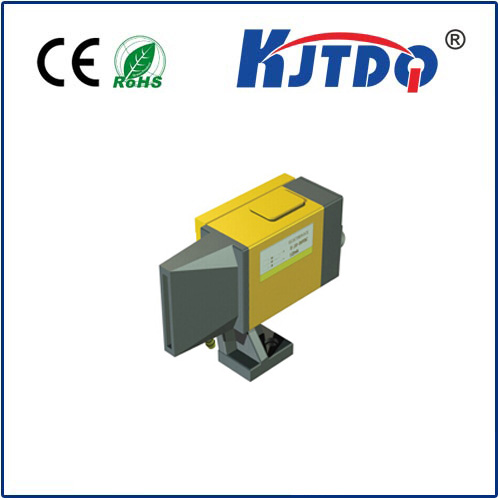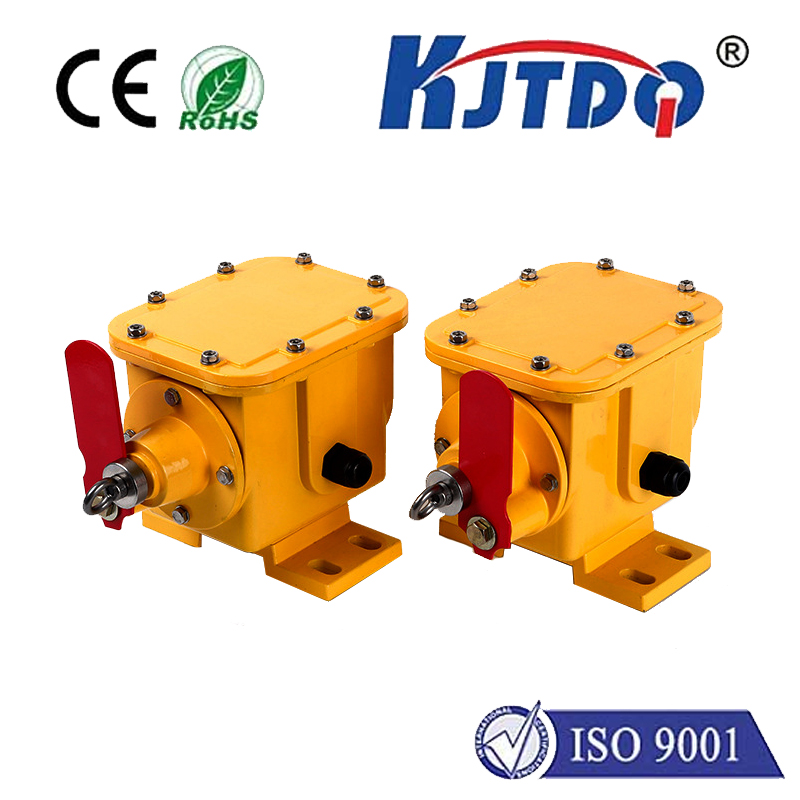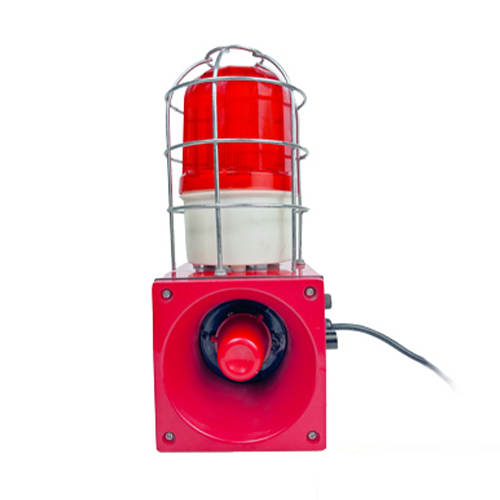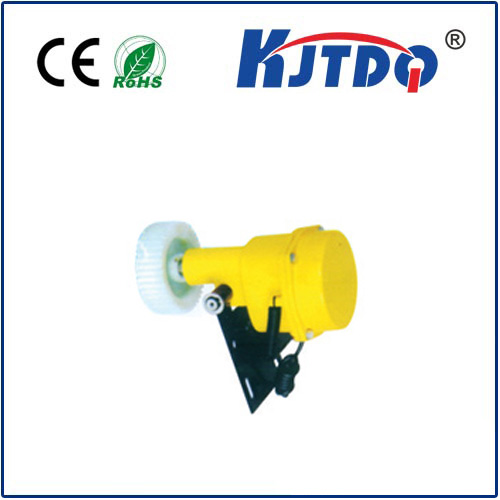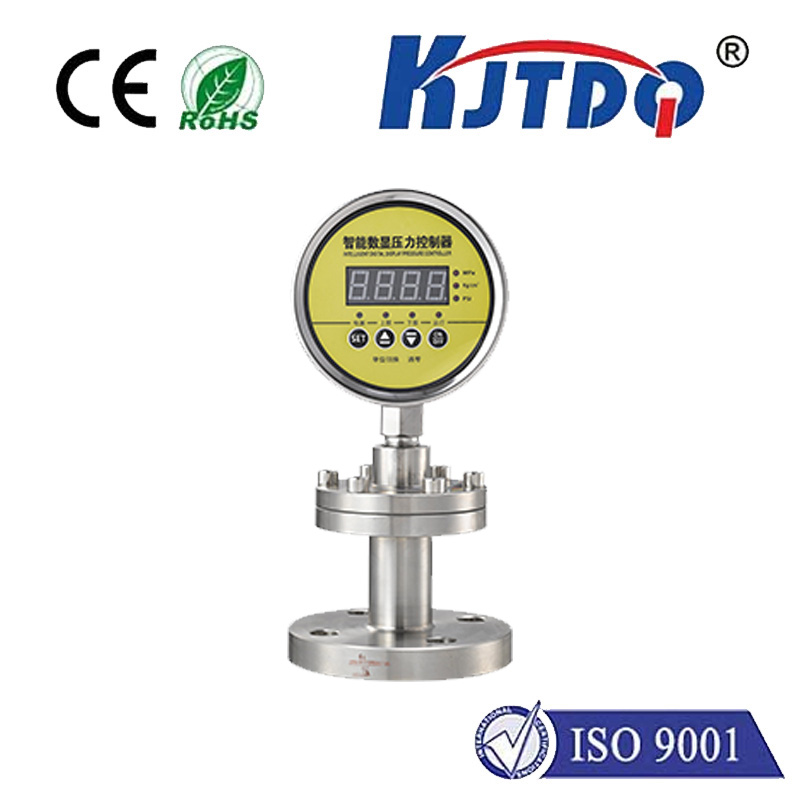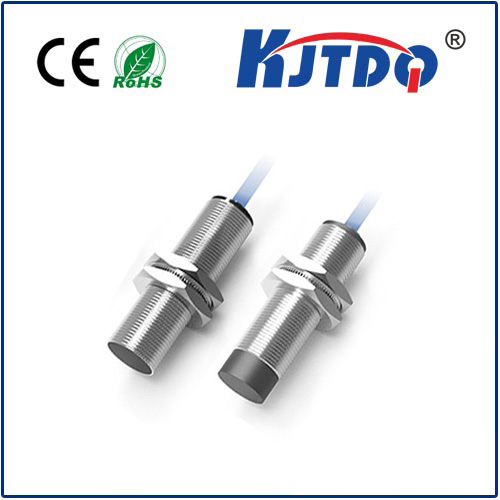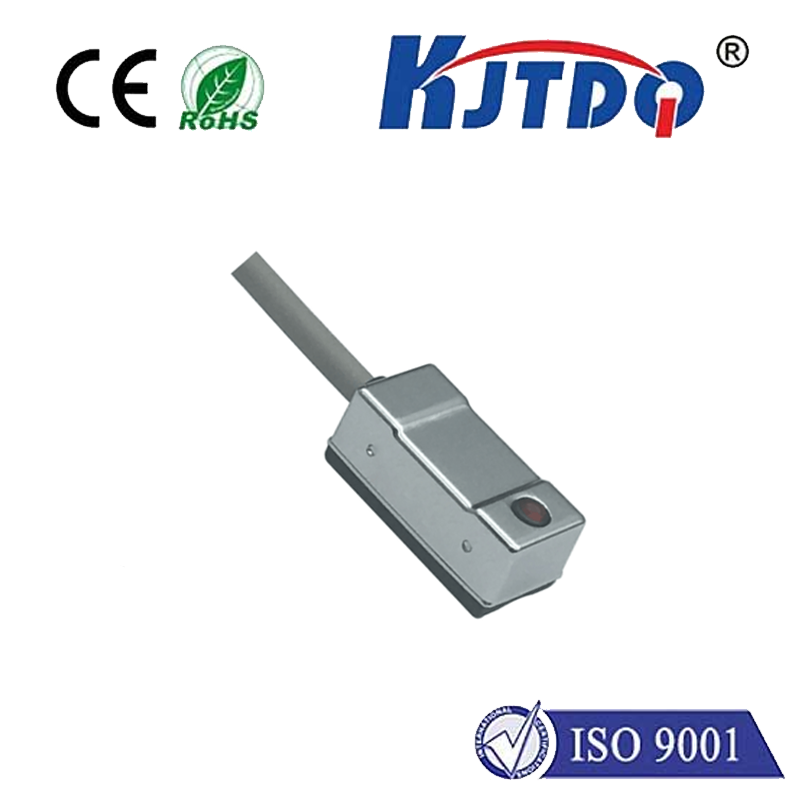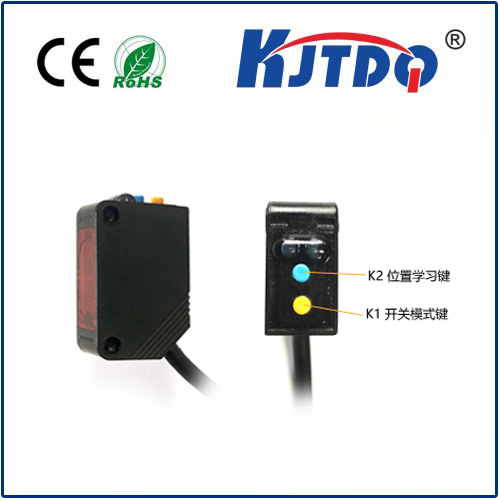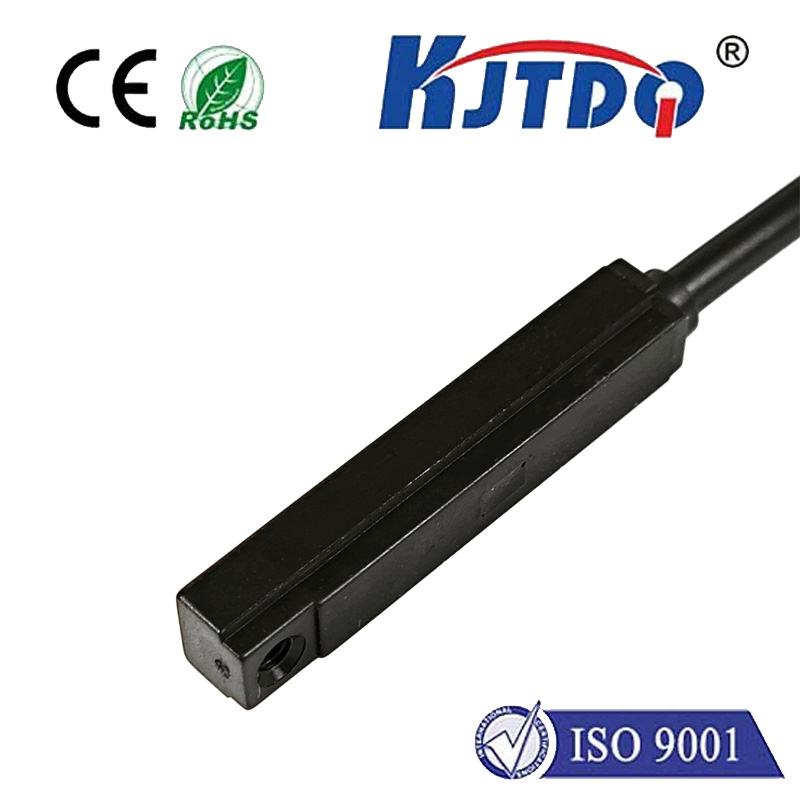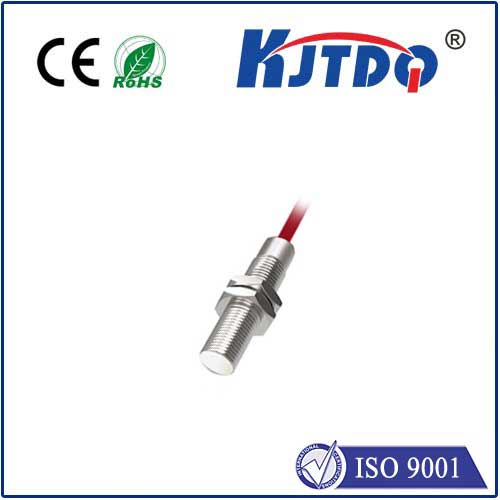Переключатель PNP
- time:2025-08-07 03:11:49
- Нажмите:0
The Essential Guide to PNP Limit Switches: Precision Positioning Powerhouses
Imagine a robotic arm smoothly gliding to its programmed position, halting with millimeter-perfect accuracy. Or envision a high-speed conveyor belt instantly stopping a pallet precisely at the loading station. Achieving such flawless, repeatable control in demanding industrial environments hinges on a critical component: the PNP limit switch. Often the unsung hero of automation, this specific type of sensor provides the vital position feedback that keeps machinery running safely and efficiently. Understanding what PNP limit switches are and where they excel is key for engineers and designers crafting robust systems.
Demystifying the PNP Limit Switch
At its core, a limit switch is a mechanical-electrical device designed to detect the presence or absence of an object or to monitor the limits of travel of a moving part. It typically consists of an actuator (a lever, roller, plunger, etc.) mechanically linked to a set of electrical contacts. When the actuator is displaced by the target object reaching a predefined limit, it triggers a change in the electrical state of the contacts – either opening or closing a circuit.
The “PNP” designation refers to the internal transistor configuration used in the switch’s output circuit. PNP stands for “Positive-Negative-Positive.” In simple terms, a PNP sensor, including a PNP limit switch, acts as a current sourcing device. This means:
- It requires a connection to a positive voltage supply (typically +24V DC, common in industrial controls).
- It requires a connection to the common ground (0V).
- When the switch is activated (actuator triggered), its output signal wire effectively sources current from the positive supply towards the connected load (like a PLC input or relay coil), bringing that output wire close to the positive supply voltage level.
- When deactivated, the output effectively becomes an open circuit (high impedance).
Contrasting with NPN: Sourcing vs. Sinking
Understanding PNP requires contrasting it with its counterpart, НС (Negative-Positive-Negative). NPN switches are current sinking devices. When an NPN switch is activated, it allows current to flow from the load through the switch into the ground (0V) connection.

The choice between PNP and NPN often boils down to the input requirements of the controller receiving the signal (like a PLC). Many modern PLCs are designed with “sinking” inputs, meaning they expect to be connected to a sourcing device (like a PNP switch) to complete the circuit when active. This makes PNP typically the preferred choice in standard industrial automation setups in many regions. Always consult your PLC manual for input compatibility.
Why Choose a PNP Limit Switch? Key Advantages
PNP limit switches offer distinct benefits that solidify their place in numerous applications:
- Compatibility: As mentioned, their sourcing output aligns perfectly with the common sinking inputs found on the vast majority of industrial PLCs and controllers. This simplifies wiring and reduces potential compatibility headaches.
- Simplified Wiring Logic: For many technicians and engineers, the concept of sourcing positive voltage when active aligns intuitively with standard positive logic (“ON” = High/Positive voltage).
- Noise Immunity: While both types can be robust, the sourcing nature of PNP can offer slightly better noise immunity in certain electrically noisy environments compared to NPN sinking outputs connected to ground. The output swings to the supply voltage rather than to ground potential.
- Wide Voltage Range: Industrial PNP limit switches typically operate effectively across a broad DC voltage range, commonly 10-30V DC. This flexibility simplifies power supply choices.
Core Components and Operation
A typical PNP limit switch integrates several key parts:
- Actuator: The physical interface designed to be moved by the target object (e.g., roller lever, plunger, wobble stick, whisker). The actuator type significantly influences the switch’s sensitivity, repeatability, and suitability for specific applications and forces.
- Operating Head: Contains the mechanism translating actuator movement into the action that changes the electrical state of the contacts.
- Switch Body/Housing: Provides robust environmental protection (often rated IP67 or higher), mechanical integrity, and mounting options. Materials range from tough plastics to stainless steel for harsh conditions.
- Electrical Contacts/Output Circuit: The heart of the “PNP” aspect. Inside is a solid-state transistor circuit configured to provide the sourcing PNP output signal (NO/NC) via typically three wires: Brown (+V), Blue (0V/GND), Black (Output Signal). The output can be Normally Open (NO) or Normally Closed (NC).
- Connector/Cable: Facilitates electrical connection to the control system.
When a moving part contacts the actuator, it physically moves it. This internal movement triggers the switch mechanism. For a PNP NO (Normally Open) switch, triggering causes the internal transistor to activate, sourcing current on the signal wire (Black), pulling it High (+V) relative to ground. For a PNP NC (Normally Closed) switch, triggering causes the output to stop sourcing current, effectively going to a high impedance state (often interpreted as Low/Off by the PLC).
Where PNP Limit Shines: Prime Applications
PNP limit switches are vital across countless industries requiring precise position verification or end-of-travel detection:
- Machine Tooling: Detecting tool carriage limits, turret positioning, chuck clamping confirmation, and guarding interlock verification on CNC machines, lathes, and mills. Precision is paramount here.
- Перевозка материалов: Monitoring pallet positions on conveyors, detecting gate openings/closures, verifying container presence at filling stations, and sensing cylinder end-strokes in sorting systems.
- Packaging Machinery: Ensuring carton flaps are folded correctly, confirming case sealer positions, detecting product presence at filling heads, and verifying lid placement. High-speed reliability is critical.
- Robotics & Automation: Defining robot arm joint limits, confirming gripper open/close states for end-of-arm tooling (EOAT), and detecting workpiece presence in fixtures.
- Automotive Manufacturing: Verifying door, hood, or trunk positions on assembly lines, confirming weld gun closure, checking robotic welder paths, and safeguarding press operations. Долговечность is key in these environments.
- General Industrial Machinery: Providing reliable position feedback for pneumatic and hydraulic cylinders, monitoring valve positions, gate/door interlocks, and guarding safety perimeters.
Selecting the Right PNP Limit Switch
Choosing the optimal switch involves considering several factors:
- Actuator Type: Match the actuator (lever, roller lever, plunger, etc.) to the physical interaction with the target object (speed, angle, force needed).
- Electrical Specifications: Voltage range compatibility, current rating of the output (ensure it can drive your PLC input or relay adequately), NO vs. NC configuration.
- Environmental Factors: Consider IP rating for dust/water ingress protection, temperature range, chemical resistance, shock/vibration tolerance.
- Durability Requirements: Assess the expected mechanical life (number of operating cycles) and the physical stresses the switch will endure.
- Mounting: Ensure the housing design allows for secure and accessible installation in the target location.
- Special Features: Needs like overvoltage protection, LED status indicators, or specific approvals (e.g., UL, CE) might be essential.
The Indispensable Feedback Provider
From ensuring **repeat







